1/5




Gox Gan Lar Air Separation Plant
$100.00 / Piece
- FOB Price:
- Negotiable | Get Latest Price
- Order Quantity:
- 1 Set / Sets
- Supply Ability:
- 1000 Set / Sets per Month
- Port:
- shanghai
- Payment Terms:
- T/T L/C D/P D/A Credit Card PayPal Cash Escrow Other
- Delivery Detail:
- 5 days
Hot in store
-
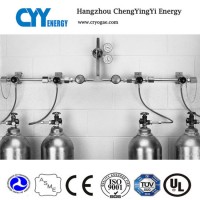
Double-Side Gas O2 N2 Ar CO2 Cylinder Ma
$1.00 -
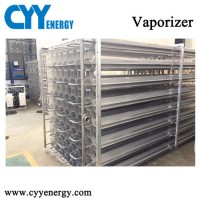
Liquid Argon Air Ambient Vaporizers for
$2.00 -
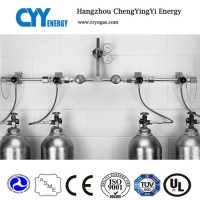
Double-Side Gas O2 Cylinder Manifold for
$1.00 -
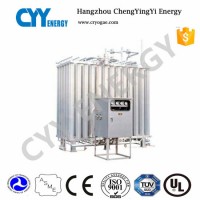
Solid Structure Low Pressure Air Ambient
$9.00 -
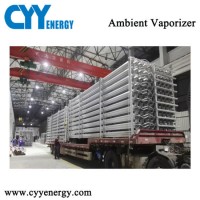
Gas Station Liquid Argon Air Ambient Vap
$3.00 -
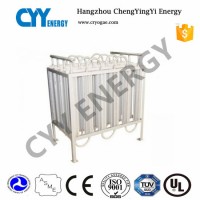
New Skid-Mounted Ambient Vaporizer LNG G
$9.00 -
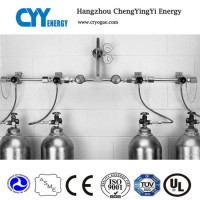
Double-Side Gas Cylinder Manifold for Fi
$1.00 -
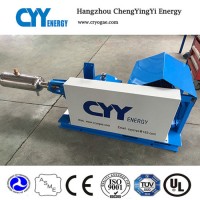
Cyyp 75 Uninterrupted Service Large Flow
$2.00
Product Details
Product Name: Gox Gan Lar Air Separation Plant Condition: New Pressure: Low Pressure Extraction Tower Type: Fractionating Column Distillation Equipment Type: Steam Distillation Equipment Centrifuge Type: Tube Centrifuge Installation: Vertical Operating Type: Continuous Type Separation Mode: Rectification Object: Steel Mill, Electrical Products, Welding Type: Air Separation Plant Gox Flow: 10--10000nm3/H Gan Flow: 20--20000nm3/H Lar Flow: 0--300 Nm3/H Usage: Nitrogen, Oxygen, Argon Gox Purity (O2): 99.6% Gan Purity(O2): Ppm ?10 Lar Purity (Ar): 99.999% Trademark: CYY ENERGY Transport Package: Export Packing, Wooden Packing, Plastic Packing Specification: ASME, GB, PED, CE Origin: China Product Description Product DescriptionGOX flow : 10--10000Nm3/hGOX purity (O2): 99.6%GAN flow: 20--20000Nm3/hGAN purity (O2): ≤10ppmLAr flow:0--300Nm3/hLAr purity (Ar) :99.999%An air separation plant separates atmospheric air into its primary components, typically nitrogen and oxygen, and sometimes also argon and other rare inertAir separation plant picAir separation plant control room picAir separation plant designThe ASU Plant produce Liquid Gas as the following Seven Steps:1.Before compression the air is pre-filtered of dust.2.Air is compressed where the final delivery pressure is determined by recoveries and the fluid state (gas or liquid) of the products. Typical pressures range between 5 and 10 bar gauge.The air stream may also be compressed to different pressures to enhance the efficiency of theASU. During compression water is condensed out in inter-stage coolers.3.The process air is generally passed through a molecular sieve bed, which removes any remaining water vapour, as well as carbon dioxide, which would freeze and plug the cryogenic equipment. Molecular sieves are often designed to remove any gaseous hydrocarbons from the air, since these can be a problem in the subsequent air distillation that could lead to explosions. The molecular sieves bed must be regenerated. This is done by installing multiple units operating in alternating mode and using the dry coproduced waste gas to desorb the water.4.Process air is passed through an integrated heat exchanger (usually a plate fin heat exchanger) and cooled against product (and waste) cryogenic streams. Part of the air liquefies to form a liquid that is enriched in oxygen. The remaining gas is richer in nitrogen and is distilled to almost pure nitrogen (typically < 1ppm) in a high pressure (HP) distillation column. The condenser of this column requires refrigeration which is obtained from expanding the more oxygen rich stream further across a valve or through an Expander, (a reverse compressor).5 Alternatively the condenser may be cooled by interchanging heat with a re boiler in a lowpressure (LP) distillation column (operating at 1.21.3 bar abs. ) when the ASU is producing pure oxygen. To minimize the compression cost the combined condenser/reboiler of theHP/LP columns must operate with a temperature difference of only 1-2 degrees Kelvin, requiring plate fin brazed aluminum heat exchangers. Typical oxygen purities range in from 97.5% to 99.5% and influences the maximum recovery of oxygen.The refrigeration required for producing liquid products is obtained using the JT effect in an expander which feeds compressed air directly to the low pressure column. Hence, a certain part of the air is not to be separated and must leave the low pressure column as a waste stream from its upper section.6 Because the boiling point of argon (87.3 K at standard conditions) lies between that of oxygen (90.2 K) and nitrogen (77.4 K), argon builds up in the lower section of the lowpressure column. When argon is produced, a vapor side draw is taken from the low pressureColumn where the argon concentration is highest. It is sent to another column rectifying theArgon to the desired purity from which liquid is returned to the same location in the LP column.Use of modern structured packings which have very low pressure drops enable argon purities of less than 1 ppm. Though argon is present in less to 1% of the incoming, the air argon column requires a significant amount of energy due to the high reflux ratio required (about 30) in theArgon column. Cooling of the argon column can be supplied from cold expanded rich liquid or by liquid nitrogen.7 Finally the products produced in gas form are warmed against the incoming air to ambient temperatures. This requires a carefully crafted heat integration that must allow for robustness against disturbances (due to switch over of the molecular sieve beds). It may also require additional external refrigeration during start-up..ParametersModelKDON-80/250KDON-120/300KDON-180/500KDON-350/900KDON-600/1500KDON-800/2000KDON-1000/1100KDON-1500/1500KSONAr-3200/3200/90yKSONAr-4500/4500/135yKSONAr-6000/600190yNm3/hO2output8012018035060080010001500320045006000%O2purity≥99.6≥99.6≥99.6≥99.6≥99.6≥99.6≥99.6≥99.6≥99.6≥99.6≥99.6Nm3/hN2output2503005009001500200011001500320045006000%N2purity≤10≤10≤10≤10≤10≤10≤10≤5≤5≤5≤5Nm3/hLAroutput________________≥90≥135≥190%LArpurity________________≥99.999≥99.999≥99.999()Runningcycle(month)>12>12>12>12>12>12>12>12>12>12>12kw.h/m3o2Electricalcost0.750.750.750.650.580.570.550.520.520.480.48KWInstalledcapacityasrequiredbythecustomers
Contact with Supplier
Recommend product
-
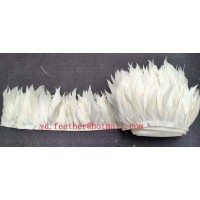
Stripped Soft Goose Fe
$3.00 -
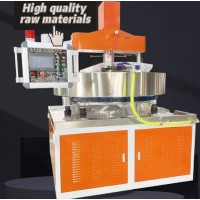
plastic ball grinding
$30000.00 -
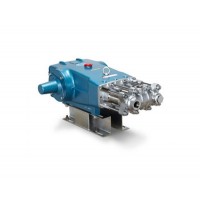
CAT piston pump 281
$4000.00 -
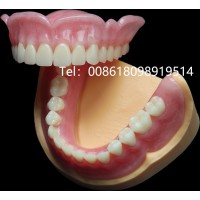
Droichead Zirconia Plu
$10.00 -
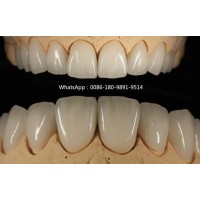
E.max crown, Veneer, I
Inquiry -
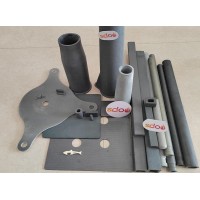
ReSiC Beams/plates/bur
$16.00 -
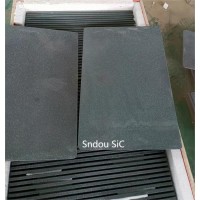
RSiC Slabs Boards Tile
$15.00 -
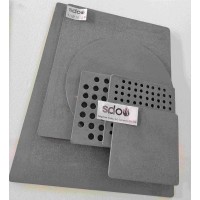
RSiC Batts as Kiln she
$15.00 -
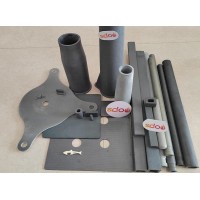
RSiC Tube by recrystal
$10.00 -
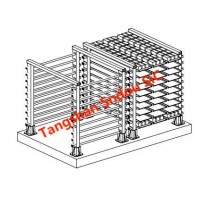
RSiC Kiln Furniture (B
$16.00 -
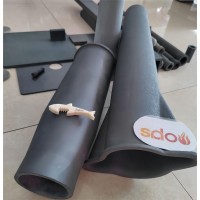
RSiC Burner Nozzle Fla
$18.00 -
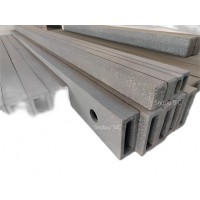
RSiC Beam Support Pill
$16.00 -
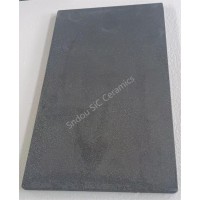
RSiC plate Slab Board
$15.00 -

NSiC Tube Pipes by Nit
Inquiry -
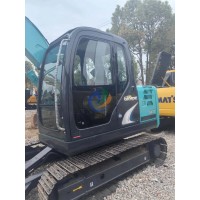
used excavator hudraul
$16600.00 -
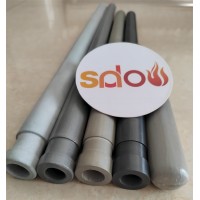
NSiC Thermocouple Prot
Inquiry -

Stalk Riser Tube for L
Inquiry -
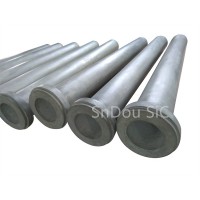
NSiC Ceramic Heater Pr
Inquiry -

RSiC NSiC Ceramic Kiln
Inquiry -
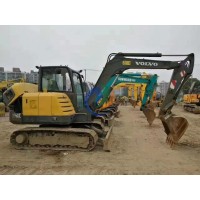
used excavator hudraul
$11500.00
Product parameters
closure
This shop is operated by agent
- Set up shop
- Authorized by Manufacturers & Suppliers online marketplace B2B platform GongWong.com, can provide agency service
- Service Introduction
- Authorized product, Internet cloud promotion service integrating certification promotion and procurement inquiry
- Intelligent website construction
- PC terminal + mobile terminal, create a cost-effective corporate website!
closure